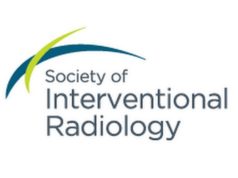Tennis elbow, the painful chronic condition that affects up to 3% of the US adult population, can be effectively treated through transcatheter arterial embolization (TAE), according to research presented at the Society of Interventional Radiology’s 2019 annual scientific meeting (23–28 March, Austin, USA).
“Tennis elbow can be difficult to treat, leaving many patients unable to perform the simplest tasks, such as picking up their children, cooking dinner, or even working on a computer. With this frustration, many patients turn to invasive major surgery after years of failed physical therapy and medication use,” comments Yuji Okuno, founder of the Okuno Clinic in Tokyo, Japan, and lead author of the study. “We were interested to see if this technique, already in use in other areas of the body, would be effective for this common, debilitating condition and help people immediately regain a range of motion that many of us take for granted in our everyday tasks.”
Okuno’s team conducted a prospective study in 52 patients with tennis elbow who did not find relief from other forms of treatment. The patients received TAE between March 2013 and October 2017 and were followed for up to four years after the treatment. The researchers said they found statistically significant reductions in pain-rating scores, using methods including the quick disability of the arm, shoulder and hand scores; visual analogue scale pain rating scores; patient-rated tennis elbow evaluation scores; and pain-free grip strength. Additionally, images taken in 32 patients two years after undergoing TAE showed an improvement in tendinosis and tear scores.
The treatment can be completed in approximately one hour, and requires access via the radial artery in the wrist under local anaesthesia. A catheter is moved through the wrist to the elbow where the inflamed blood vessels are embolized, preventing excessive blood flow to the affected part of the elbow. The treatment is safe and effective and does not require physical therapy, the researchers say. No adverse events were observed and no patients experienced negative effects to the surrounding bones, cartilage or muscles.










